Comparing Water Purification Equipment Suppliers: What to Look For in a B2B Partner
Why Supplier Selection Matters in Water Purification Outcomes
Choosing a water treatment supplier isn’t a procurement task—it’s a strategic operational decision. A misaligned partner can trigger cascading failures: incompatible skid designs delay commissioning, subpar membranes increase reject rates, and inadequate certifications invite regulatory scrutiny. The hidden costs of poor selection—downtime, retesting, and retrofit expenses—often exceed initial capital outlays by 300%.
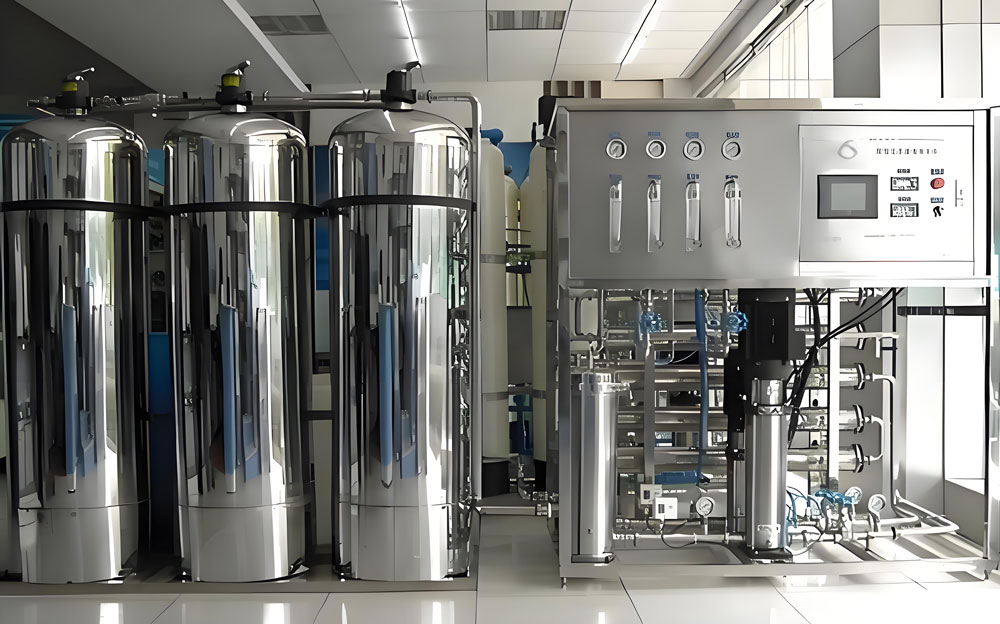
The Hidden Costs of Choosing the Wrong Partner
Cheap reverse osmosis (RO) systems with non-standard fittings double maintenance labor hours. Suppliers lacking ISO 14001 compliance may source conflict minerals, risking ESG audit failures. These latent costs manifest as productivity leaks, eroding ROI across asset lifecycles.
How Supplier Quality Ripples Through Your Operational Efficiency
A supplier’s metallurgical choices (e.g., 316Ti vs. 316L stainless steel) determine corrosion resistance in high-chloride feeds. Precision-machined pump housings from certified foundries reduce vibration-induced microfractures. Every supplier decision amplifies or dampens plant-wide efficiency.
Navigating the B2B Water Treatment Supplier Landscape
The market bifurcates into OEMs offering proprietary tech and distributors repackaging generic systems. Specialized suppliers provide niche solutions like boron-specific ion exchange resins, while generalists tout one-size-fits-all portfolios. Your feedwater complexity dictates which camp to engage.
OEMs vs. Distributors: Pros and Cons for Long-Term Partnerships
OEMs deliver vertically integrated solutions—think Dow FilmTec membranes paired with optimized housings. Distributors offer multi-brand flexibility but risk finger-pointing during warranty claims. For mission-critical systems, OEM direct relationships prevent integration blind spots.
Specialized vs. Generalist Suppliers: Matching Expertise to Your Needs
High-purity pharma water demands suppliers versed in USP
Technical Expertise: The Foundation of a Reliable Supplier
True expertise transcends product catalogs—it’s evidenced by in-house CFD modeling for flow optimization and metallurgists specifying duplex steels for brine concentrators. Suppliers without NSF 61/372 certifications for materials shouldn’t touch potable projects.
Certifications That Separate Amateurs from Industry Leaders
ASME BPE-certified fabrication for biopharma skids. AWS B2.1 welding credentials for high-pressure piping. These stamps of approval matter more than sales brochures. Demand audited proof, not aspirational claims.
Engineering Support: Beyond Sales Pitches to Custom Solutions
Top suppliers deploy application engineers who model your feedwater’s Langelier Index to prevent scaling. They’ll redesign O-ring grooves to handle -40°C CIP cycles. If their “support” stops at equipment manuals, walk away.
Compliance and Regulatory Mastery in Supplier Evaluation
EU’s EMEA requires WFI systems with TOC<500 ppb; FDA’s cGMP demands 24/7 data logging. Your supplier must navigate these labyrinths while prepping for emerging PFAS MCLs. Regulatory fluency isn’t optional—it’s existential.
ISO 9001 and Beyond: Decoding Quality Management Credentials
ISO 9001 is table stakes. Seek suppliers with ISO 14046 water footprint verification and ISO 45001 safety protocols. For nuclear applications, ASME NQA-1 compliance separates contenders from pretenders.
Regional Compliance Nuances: EU Directives vs. EPA Standards
EU’s Drinking Water Directive mandates nickel<20 µg/L—achievable only with electropolished 1.4404 stainless. EPA’s Lead and Copper Rule requires NSF 372 compliance. Cross-border suppliers must master both playbooks.
Product Quality Assurance: Verifying Claims and Capabilities
Third-party validation separates fact from fiction. UL Ecologo certifications for sustainable systems. IAPMO PS-146 for membrane integrity. Trust but verify—always.
Third-Party Testing Protocols for Equipment Performance
Demand witnessed performance tests: RO systems hitting 99.4% NaCl rejection at 800 psi. Challenge UV reactors to achieve 40 mJ/cm² UVT-adjusted doses. Real data beats marketing fluff.
Material Standards: 316L Stainless Steel vs. Food-Grade Polymers
316L’s 2.5% molybdenum resists pitting in chloride-rich feeds. FDA 21 CFR-compliant EPDM seals handle ozone exposure. Inferior materials fail spectacularly—often after warranties expire.
Supply Chain Resilience in Water Treatment Partnerships
COVID-era 52-week lead times exposed fragile supply chains. Elite suppliers dual-source membranes from Toray and Hydranautics, with localized CNC hubs cutting delivery windows to 6 weeks.
Lead Time Realities: From Standard Configs to Custom Builds
Off-the-shelf media filters ship in 4 weeks. Custom electrodeionization skids with 3D-printed headers take 18 weeks. Map supplier lead times to your project critical path—delays cascade.
Global Logistics Networks vs. Localized Manufacturing Hubs
Global suppliers leverage Vietnam foundries for cost but face 14% import duties. Regional manufacturers using nearshored components may cost 15% more but ensure just-in-time delivery during trade wars.
After-Sales Support: The Make-or-Break Factor
A supplier’s post-purchase engagement predicts system longevity. Do they offer remote SCADA diagnostics? Provide failure mode libraries for predictive maintenance? Support quality determines operational uptime.
24/7 Emergency Response SLAs for Critical Systems
Pharma WFI loops demand 2-hour onsite response SLAs for microbial excursions. Verify suppliers have regional tech hubs—not just call centers. A 24/7/365 pledge without local engineers is theater.
Preventive Maintenance Contracts: What’s Actually Covered?
Scrutinize PM contracts: Membrane cleaning labor included? O-ring replacements at year 3? Beware “all-inclusive” plans excluding $250/hour crane services for skid access.
Technology Roadmaps: Future-Proofing Your Investment
Leading suppliers invest 8%+ of revenue in R&D—graphene oxide membranes, IIoT sensors with edge computing. Laggers recycle decade-old designs. Your supplier’s tech pipeline should align with your 5-year CAPEX cycle.
IoT Integration Capabilities in Modern Water Systems
APIs linking RO skids to PI Historians enable AI-driven scaling prediction. Suppliers without OPC UA/DA server compatibility force costly middleware. Future-ready tech stacks prevent premature obsolescence.
RO Membrane Advancements: Supplier R&D Investment Levels
Forward-looking suppliers pilot surface-patterned membranes achieving 99.95% boron rejection. Others repackage SWC5 elements as “premium.” Demand transparency on R&D cycles—breakthroughs beat rebranding.
Total Cost of Ownership (TCO) Analysis
TCO spans 10+ years: $0.02/kWh pump efficiency gains save $360k annually. Cheap systems with 45% recovery rates spike wastewater costs. Smart buyers model NPV, not sticker prices.
Hidden Costs in Cheap Systems: Energy and Water Waste
Low-cost UV systems drawing 12 kW vs. 8 kW LED arrays add $28k/year in energy. High-reject RO systems wasting 60% feedwater inflate sewer fees. Penny-wise, pound-foolish choices abound.
Lifecycle Pricing Models vs. Upfront Capital Expenditure
Performance-based contracts charging $0.03 per purified m³ transfer risk to suppliers. Traditional CAPEX models suit stable operations. Choose pricing aligned with your risk tolerance and cash flows.
Customization Capabilities for Unique Water Challenges
Cookie-cutter systems fail when feedwater TDS swings from 500 to 50,000 ppm. Elite suppliers engineer modular skids with swap-able pretreatment trains—a must for mining or coastal applications.
Bespoke Skid Design Expertise in Complex Projects
Semiconductor suppliers need ULTRAPURE 18.2 MΩ·cm water with<5 ppt TOC. This demands double-pass RO/EDI/CEDI trains with electropolished distribution loops—no off-the-shelf skid delivers this.
Retrofitting Legacy Systems: Supplier Adaptability Tests
Can they integrate new CIP skids into 1980s ion exchange systems? Adaptability separates partners from vendors. Look for case studies of brownfield modernizations, not just greenfield installs.
Sustainability Credentials in Supplier Selection
Net-zero commitments require suppliers with ISO 14046-certified water footprints. Solar-powered manufacturing plants and closed-loop brass machining indicate real commitment, not greenwashing.
Carbon-Neutral Manufacturing Processes Verified
Demand Life Cycle Assessments (LCAs) validated by DNV or Bureau Veritas. Suppliers offsetting emissions via RECs aren’t equals to those reducing Scope 3 emissions through lean logistics.
Water Recycling Initiatives in Equipment Production
Top manufacturers recycle 90%+ process water via on-site MBR systems. Their closed-loop CNC coolant systems prevent groundwater contamination. Judge sustainability by process, not PR.
Training and Knowledge Transfer Programs
Operational excellence hinges on supplier-led training. Do they offer VR simulations of membrane replacement? Certify staff via WQA or manufacturer-specific programs? Knowledge gaps invite errors.
Operator Certification Programs for Advanced Systems
Certified Water Technologist (CWT) programs for ion exchange systems. Supplier-specific credentials for PLC troubleshooting. Training ROI manifests as 30% faster fault resolution.
Digital Twin Simulations for Risk-Free Staff Training
Physics-based digital twins let operators practice CIP cycle adjustments without risking $2M ultrafiltration systems. Suppliers without simulation assets leave training to chance.
Transparency in Documentation and Traceability
Full material disclosures (FMDs) listing phthalate-free gaskets and RoHS-compliant solder prevent compliance surprises. Batch-specific test reports for ion exchange resins ensure performance claims.
Full Material Disclosure (FMD) Requirements
REACH SVHC declarations for >0.1% w/w substance concentrations. FDA 21 CFR compliance certificates for food contact surfaces. Transparent suppliers provide docs pre-purchase, not post-audit.
Batch Traceability From Raw Materials to Finished Systems
Lot-traceable membranes with QR codes linking to raw material certificates. Forged Mill Test Reports (MTRs) plague the industry—blockchain-enabled traceability thuds counterfeits.
Case Studies: Supplier Successes and Cautionary Tales
A pharma supplier’s redundant UF skid design saved $2M during biofilm outbreaks. Contrast with a municipality locked in 6-month downtime due to uncertified Chinese pumps failing.
Pharma Giant’s $2M Savings Through Partner Upgrades
By upgrading to sanitizable distribution loops and real-time TOC monitoring, the supplier averted 3 potential product recalls. Their proactive tech refresh cycle delivered 11-month ROI.
Municipal Plant’s 6-Month Downtime From Supplier Default
Non-compliant flocculant dosing systems led to EPA fines and loss of public trust. The supplier’s bankruptcy left the plant scrambling for obsolete part replacements.
Red Flags in Supplier Contracts and Negotiations
Vague “uptime guarantees” without Mean Time Between Failure (MTBF) clauses. Warranty exemptions for “improper feedwater”—defined how? Contracts must protect buyers, not just sellers.
Ambiguous Warranty Clauses on Membrane Performance
“Guaranteed 5-year membrane life” becomes void if feedwater SDI exceeds 3.0—but who monitors SDI continuously? Clear warranty triggers and shared data logging prevent disputes.
Penalty Structures for Missed Delivery Deadlines
Liquidated damages should scale with project criticality—5% of contract value/week for plant-critical delays. Suppliers resisting penalties often know their vulnerabilities.
Innovation Pipelines: Assessing Supplier Vision
Patents in desalination electrode materials signal R&D depth. Pilots with forward osmosis hybrids show commitment to next-gen tech. Innovation laggards repackage last decade’s tech.
Patents Pending vs. Proven Commercialized Tech
Suppliers with 10+ utility patents in advanced oxidation processes (AOPs) drive industry shifts. Those hawking “patent-pending” buzzwords for 5 years deliver vaporware.
AI-Driven Predictive Maintenance Development Stages
Suppliers offering machine learning models trained on 10,000 pump failure datasets prevent 73% of unscheduled downtimes. Others’ “AI” may just be if-then alarms.
Scalability Considerations for Growing Enterprises
Modular designs allowing 50-200% capacity expansions beat “rip-and-replace” scaling. Multi-plant operators need identical skids globally—can the supplier standardize across borders?
Modular System Expansion Roadmaps
Containerized UF skids enabling 20→80 MGD capacity in 6-month phases. Pre-engineered tie-in points for future expansions separate scalable suppliers from static ones.
Multi-Plant Standardization Opportunities
Identical skid designs across 12 global sites reduce spares inventory by 60%. Suppliers must accommodate regional voltage and language differences in global deployments.
Cultural Fit: Aligning Values Beyond Technical Specs
A supplier’s ESG policies impact your Scope 3 emissions. Do they ban conflict minerals? Enforce anti-bribery ISO 37001? Ethical alignment prevents reputational shrapnel.
Ethical Sourcing Policies in the Supply Chain
Conflict-Free Sourcing Initiative (CFSI) audits for tantalum in electronics. Fair Trade-certified rubber for gaskets. Ethical depth matters when your brand is on the line.
Safety Culture Alignment for Hazardous Environments
OSHA VPP Star status indicates ingrained safety practices. Suppliers with 0.5 TRIR rates install equipment without LTI risks. Safety misalignment jeopardizes entire sites.
Due Diligence Checklists for Supplier Vetting
Audit beyond ISO certificates—verify CNC machine calibration dates. Inspect welding bays for ASME compliance. Reference checks should probe how suppliers handled crises, not just smooth projects.
Factory Audit Questions That Reveal True Capabilities
“Show me your non-conformance reports from last quarter.” “How do you trace raw material lots?” Answers reveal quality culture depth—or absence.
Client Reference Deep-Dives: Asking the Right Follow-Ups
Don’t ask “Are you satisfied?” Probe: “How many unplanned downtime hours occurred post-install?” “What’s their average emergency response time?” Data beats testimonials.
Future Trends Impacting Supplier Relationships
3D printing of impellers during breakdowns slashes MTTR. Water-as-a-Service (WaaS) models converting CAPEX to OPEX. Partners embracing these shifts future-proof your operations.
3D-Printed Spare Parts On-Demand Networks
Digital inventories printing obsolete pump seals via SLM within 48 hours. Suppliers without additive manufacturing partners risk leaving you stranded.
Water-as-a-Service (WaaS) Business Model Transitions
Pay-per-gallon models with performance guarantees transfer risk to suppliers. Requires providers with IoT-enabled performance monitoring and real-time adjustments.
FAQ: Navigating Complex Supplier Selection Queries
“How Many Active Clients Does a Supplier Need to Be Credible?”
Depth beats breadth—10 specialized pharma clients trump 100 generic. Demand client lists with projects mirroring your needs.
“What’s the Minimum Warranty Period for Industrial RO Systems?”
18 months on membranes, 3 years on pressure vessels. Below these thresholds, question component quality.
“How to Verify Claims About ‘Proprietary’ Filtration Tech?”
Request third-party validation reports. Proprietary shouldn’t mean opaque—true innovation welcomes scrutiny.
Must-Read Blogs For Chain Restaurants Owner

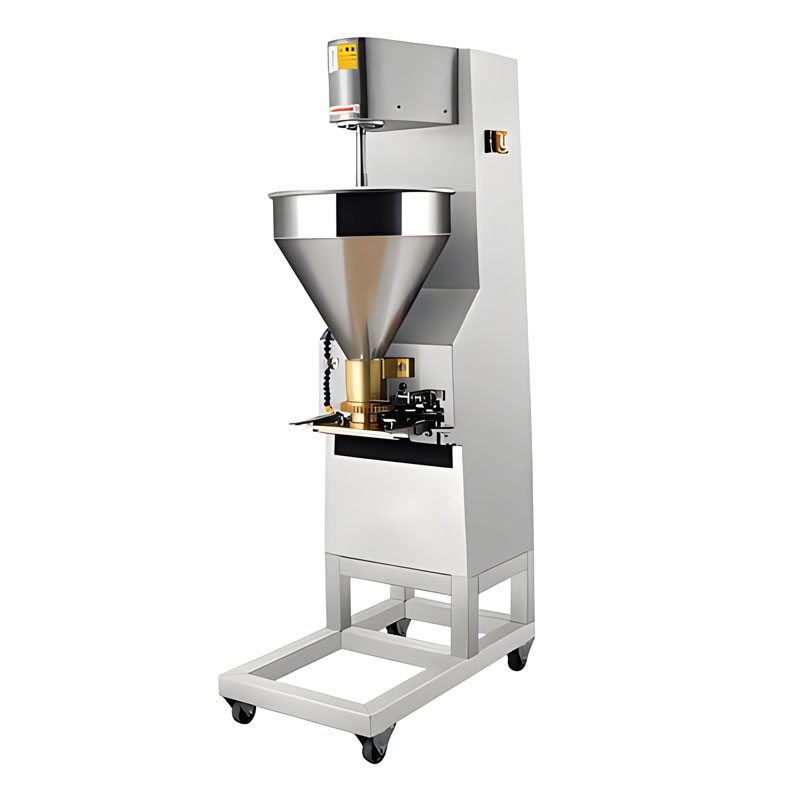

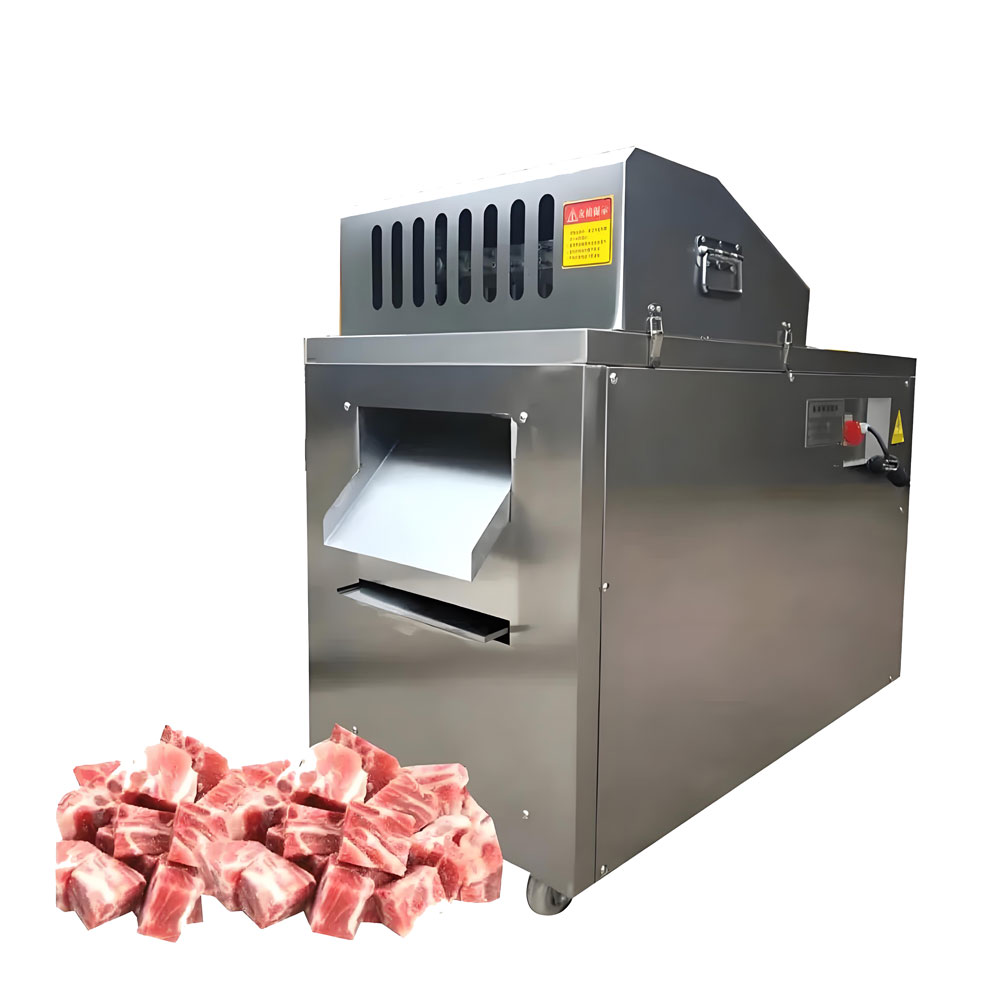
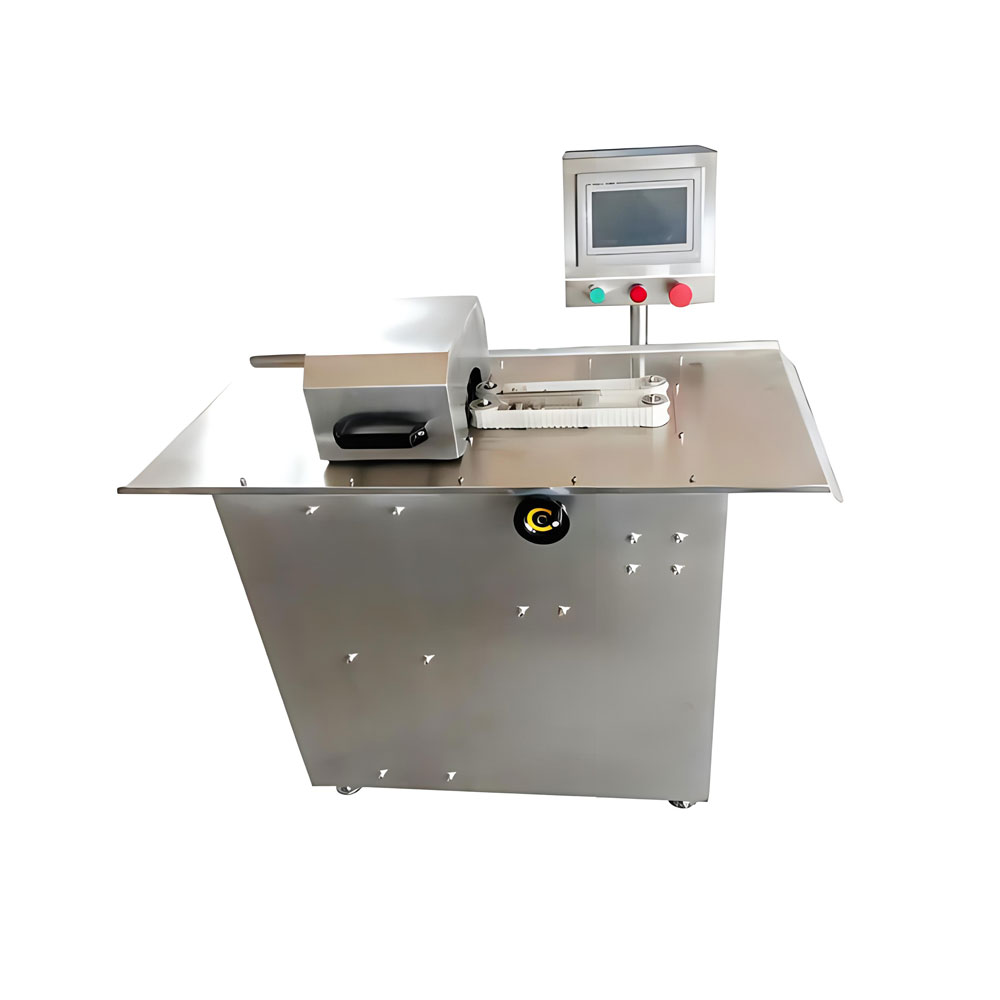
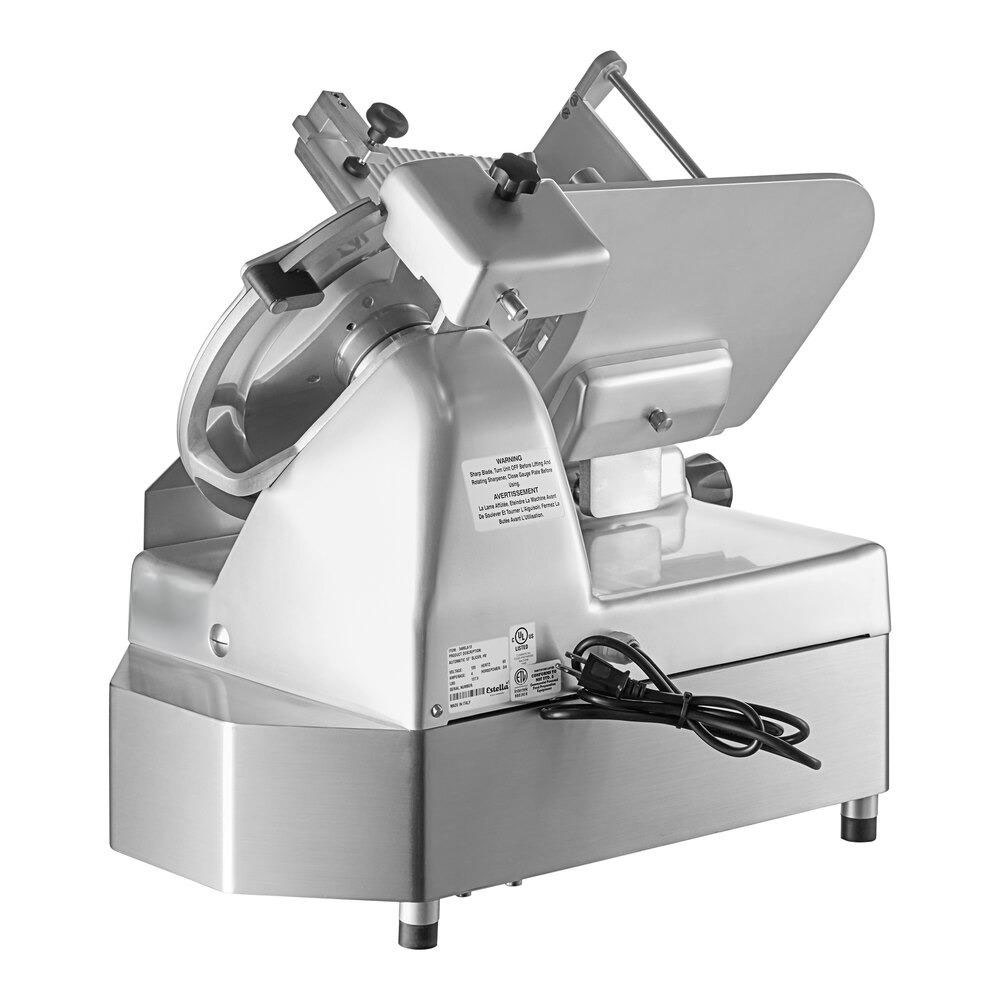
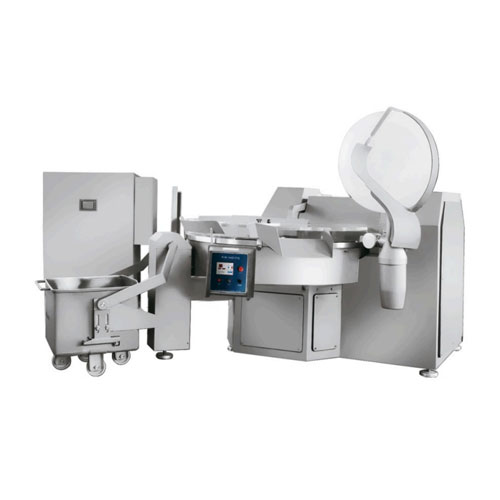

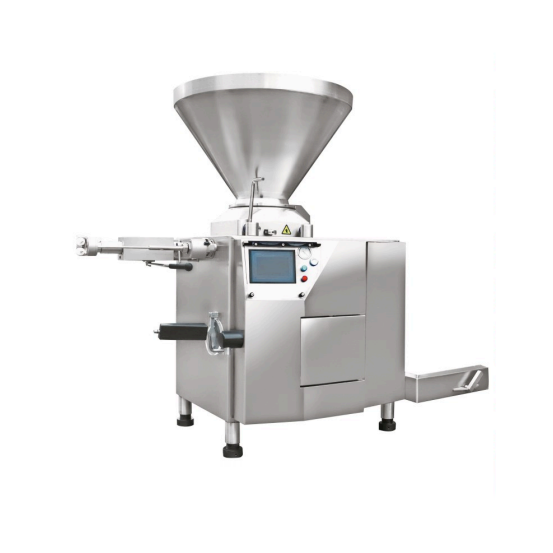
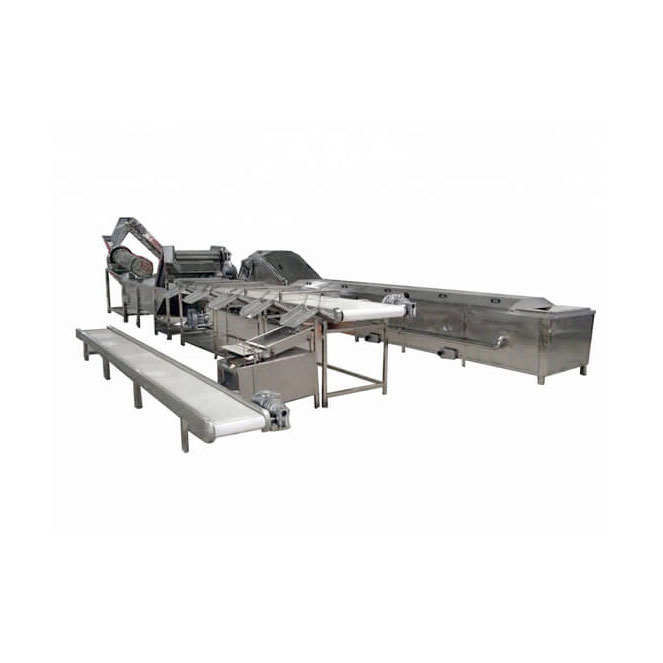
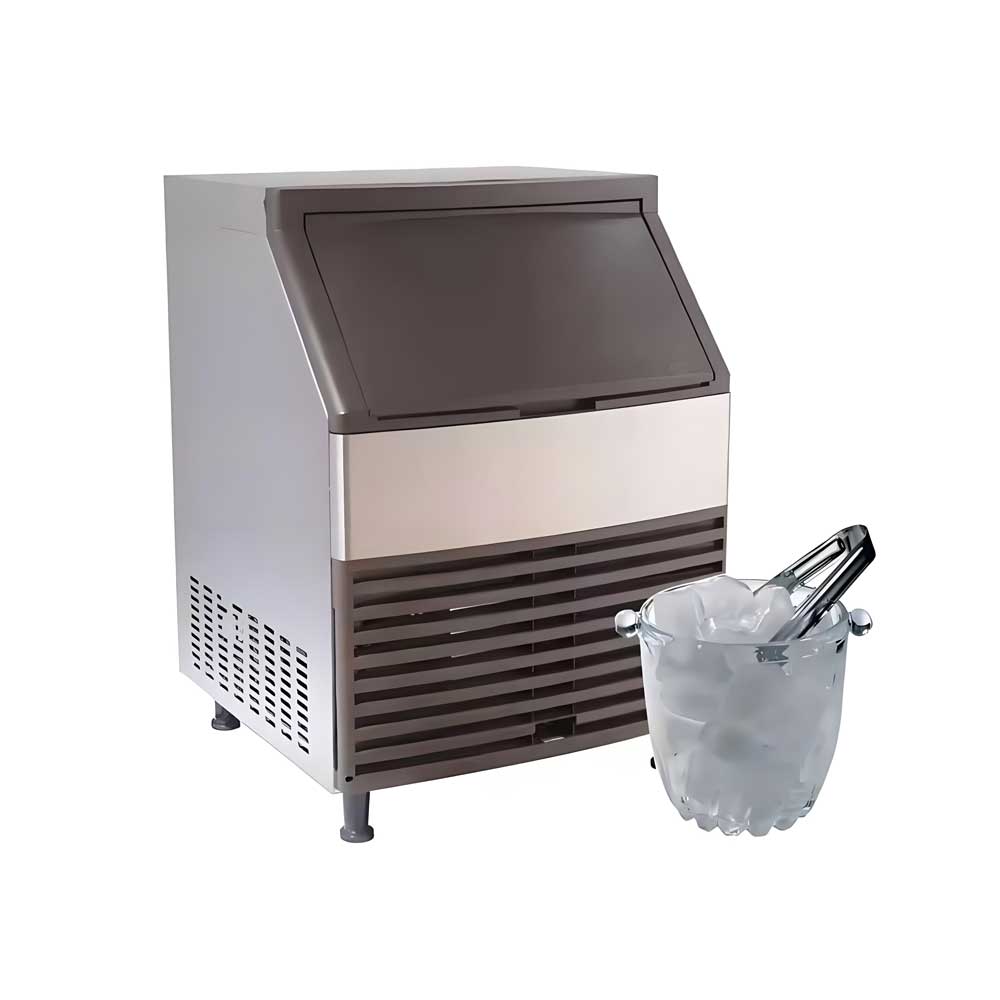
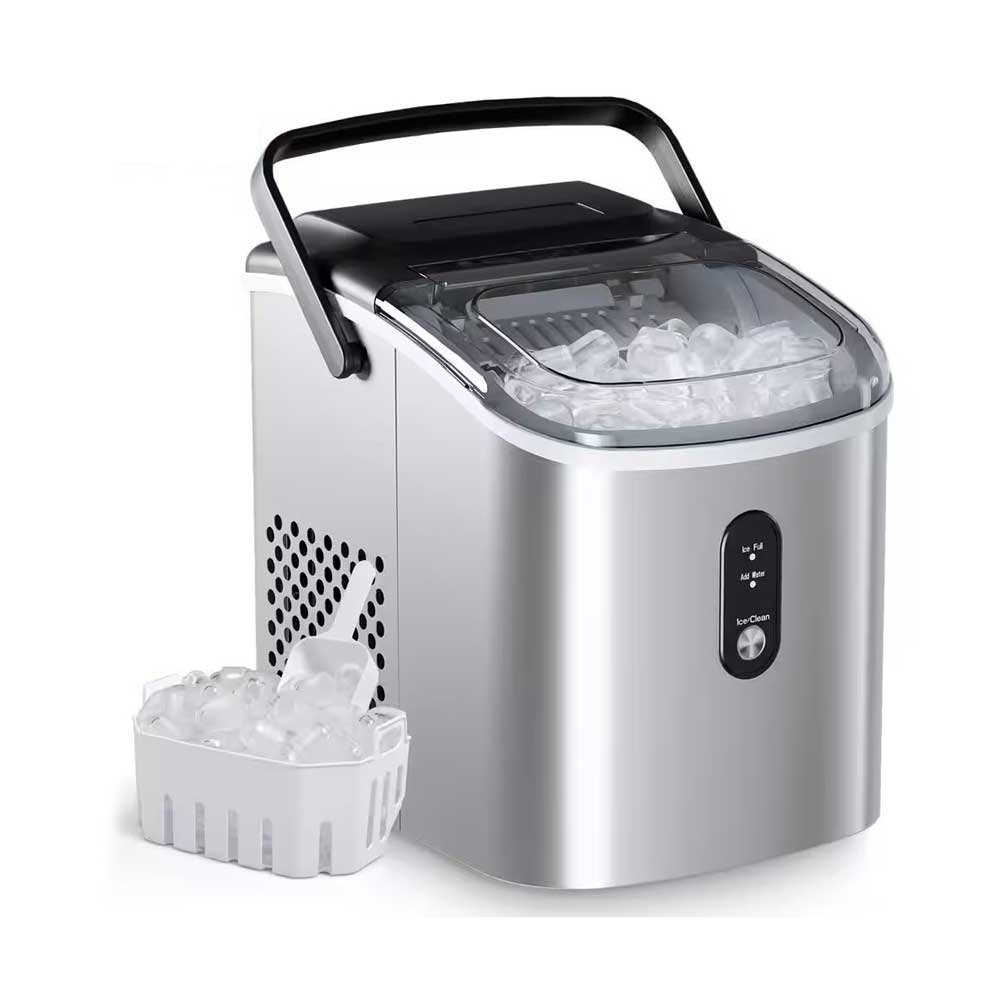 Portable Flake Ice Machine
Portable Flake Ice Machine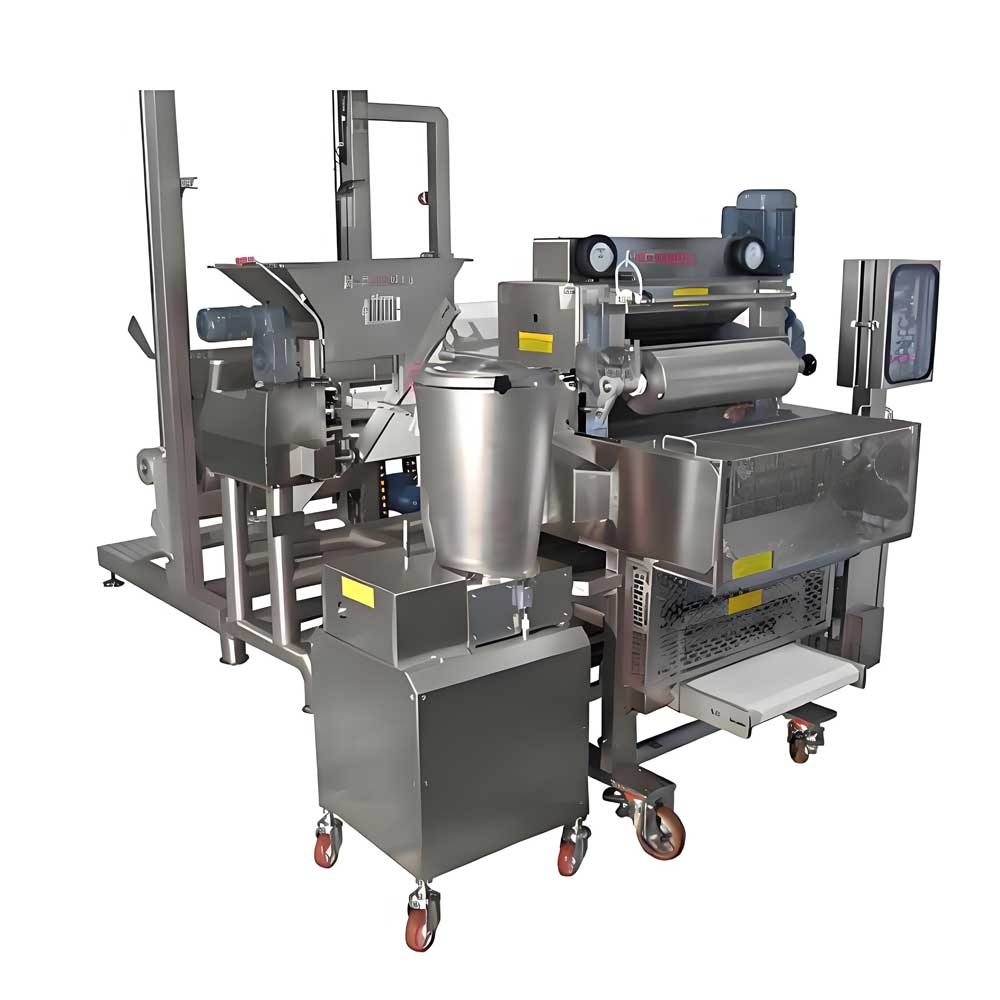 Pelmeni Making Machine
Pelmeni Making Machine
Ready to Get Started?